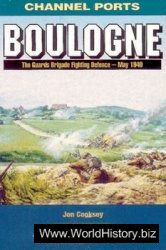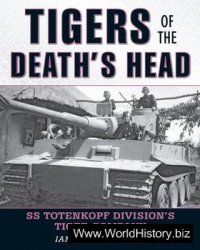Over the course of the medieval millennium, therefore, the status, use,
arms, and tactics of Europe’s foot soldiers underwent steady change. One
important aspect of this change was in the way local rulers raised and
organized their infantry units. Before Rome’s demise and the emergence
of the i rst medieval kingdoms, the Roman army dominated military
matters in Europe. One reason it was so strong was that it was a national
standing army in which soldiers were regularly drafted from the realm’s
general population. h ese men underwent intensive training and often
gained years of military experience, which made them professional and
highly skilled i ghters.
In contrast, after Rome’s fall the small kingdoms that arose upon
its wreckage lacked the strong central government and massive military
organization and traditions the Romans had enjoyed.
So the post-Roman European kingdoms initially had
no national armies. h is meant that their rulers had
to turn to other means to raise soldiers when they
needed them.
h e most common solution to this problem in the
early medieval centuries was to use the services of a
temporary militia. A militia is a part-time military force
made up of ordinary citizens. In a military emergency,
they grab their own weapons, assemble, take part in a
campaign or battle, and then return to their homes.
In Saxon England, the militia, or citizen levy, was called the great
Fyrd. It provided Harold with most of the troops he commanded at
Hastings. After William’s victory there and the Norman Conquest that
followed, the English militia came to be known as the posse comitatus, or
“force of the county.” Each unit was led by a commander called a sherif.
In the early German kingdoms the citizen levy was called the Heerban
and in Francia (later called France), it was the arrière-ban.
|
|
||||||||
|
Www.WorldHistory.Biz
Sundries
 Contact Contact
|
 
8-08-2015, 16:41
From National Army to Militia
  |
|||||||
 |
 |
 |
 |
|||||
|
||||||||

 World History
World History





